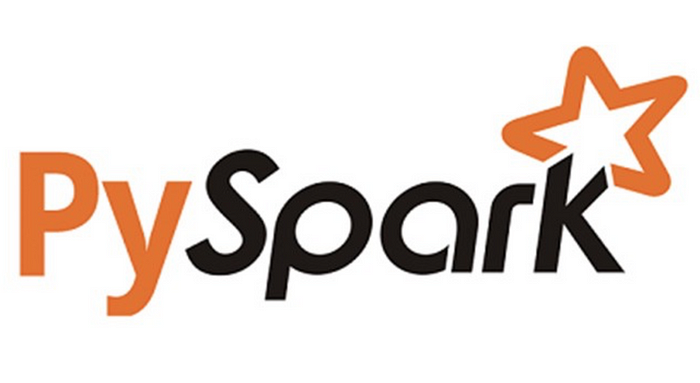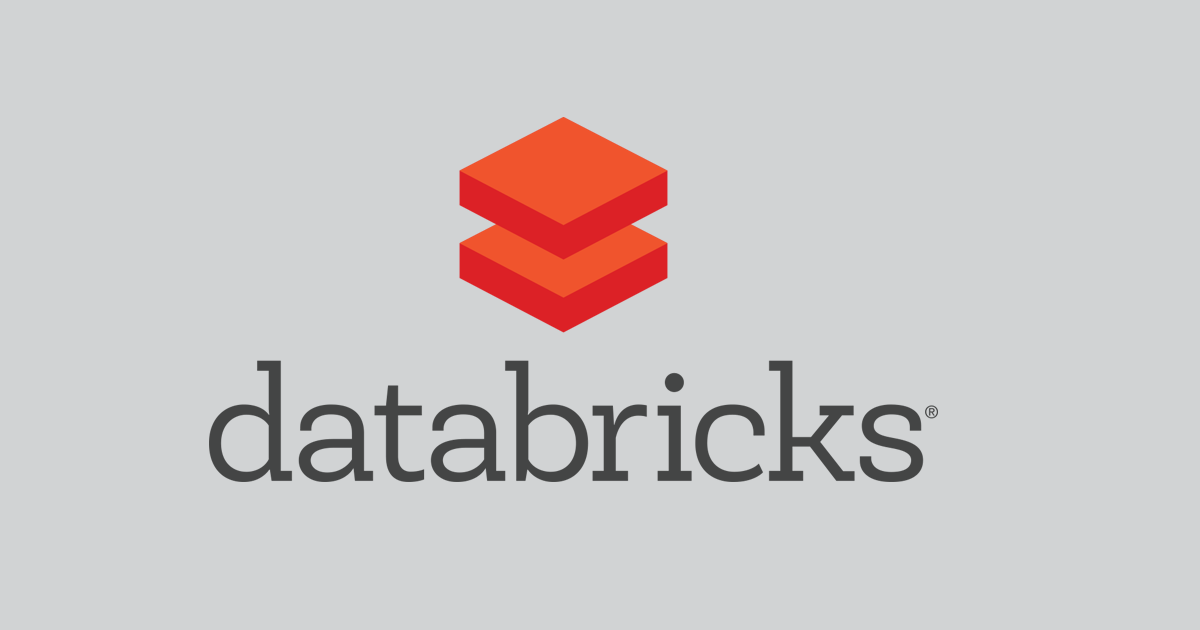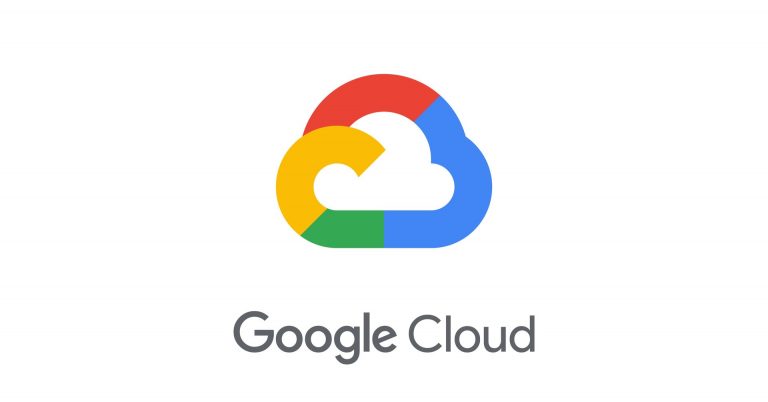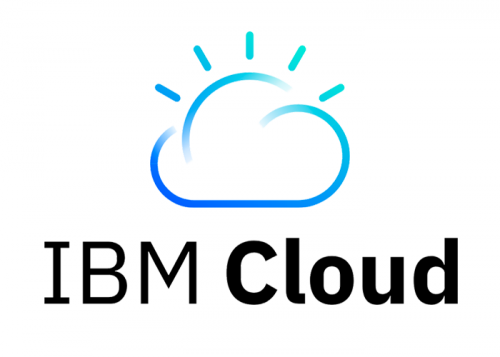Generic ETL Pipeline Framework for Apache Spark
Project description
See https://stonezhong.github.io/spark_etl/ for more informaion
Overview
Goal
There are many public clouds provide managed Apache Spark as service, such as databricks, AWS EMR, Oracle OCI DataFlow, see the table below for a complete list.
However, each platform has it's own way of launching Spark jobs, and the way to launch spark jobs between platforms are not compatible with each other.
spark-etl is a python package, which simplifies the spark application management cross platforms, with 3 uniformed steps:
- Build your spark application
- Deploy your spark application
- Run your spark application
Benefit
Your application using spark-etl is spark provider agnostic. For example, you can move your application from Azure HDInsight to AWS EMR without changing your application's code.
You can also run a down-scaled version of your data lake with pyspark in a laptop, since pyspark is a supported spark platform, with this feature, you can validate your spark application with pyspark on your laptop, instead of run it in cloud, to save cost.
Supported platforms

|
You setup your own Apache Spark Cluster. |

|
Use PySpark package, fully compatible to other spark platform, allows you to test your pipeline in a single computer. |

|
You host your spark cluster in databricks |

|
You host your spark cluster in Amazon AWS EMR |

|
You host your spark cluster in Google Cloud |

|
You host your spark cluster in Microsoft Azure HDInsight |

|
You host your spark cluster in Oracle Cloud Infrastructure, Data Flow Service |

|
You host your spark cluster in IBM Cloud |
Deploy and run application
Please see the Demos
APIs
Application
An application is a pyspark application, so far we only support pyspark, Java and Scala support will be added latter. An application contains:
- A
main.pyfile which contain the application entry - A
manifest.jsonfile, which specify the metadata of the application. - A
requirements.txtfile, which specify the application dependency.
Application class:
- You can create an application via
Application(app_location) - You can build an application via
app.build(destination_location)
Application entry signature
In your application's main.py, you shuold have a main function with the following signature:
sparkis the spark session objectinput_argsa dict, is the argument user specified when running this job.sysopsis the system options passed, it is platform specific. Job submitter may inject platform specific object insysopsobject.- Your
mainfunction's return value will be returned from the job submitter to the caller.
def main(spark, input_args, sysops={}):
# your code here
Here is an example.
Job Deployer
For job deployers, please check the wiki .
Job Submitter
For job submitters, please check the wiki
Tool: etl.py
Build an application
To build an application, run
./etl.py -a build --app-dir <app-dir> --build-dir <build-dir>
-
<app_dir>is the directory where your application is located. -
<build-dir>is the directory where you want your build to be deployed- Your build actually located at
<build-dir>/<version>, where<version>is specified by application's manifest file
- Your build actually located at
-
Build is mostly platform independent. You can put platform related package in file
common_requirements.txt
Project details
Release history Release notifications | RSS feed
Download files
Download the file for your platform. If you're not sure which to choose, learn more about installing packages.
Source Distribution
Built Distribution
Hashes for spark_etl-0.0.85-py3-none-any.whl
| Algorithm | Hash digest | |
|---|---|---|
| SHA256 | 501c25deb808460865c794248d8cc6e4c790fc4807f8a789571358405ec29963 |
|
| MD5 | f94e8b9e05a1c4c69308f37e70e21f64 |
|
| BLAKE2b-256 | 28a42c77af79b5273d98a9e4eb67b9f704e3fa64436f424624de93328956a400 |











